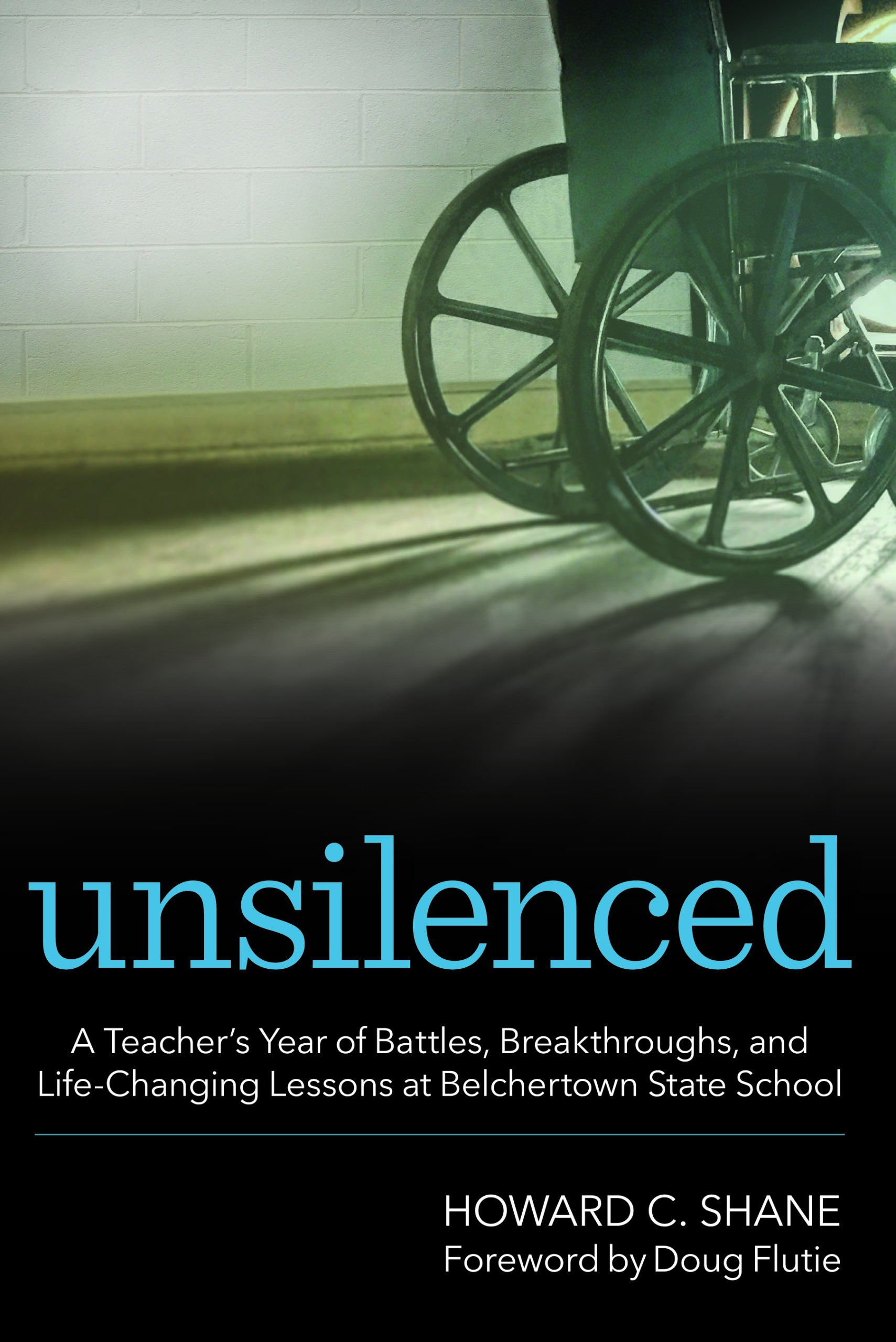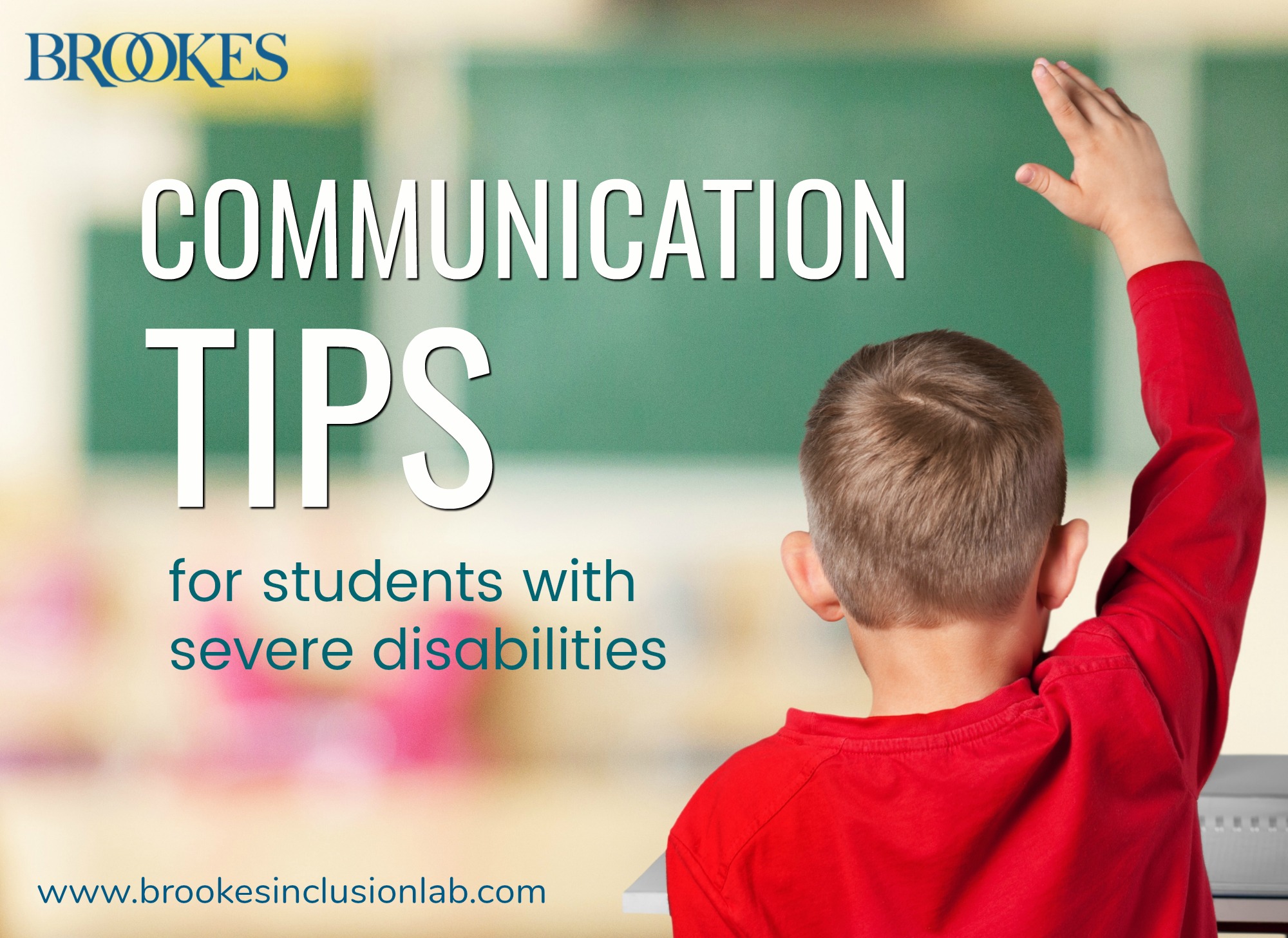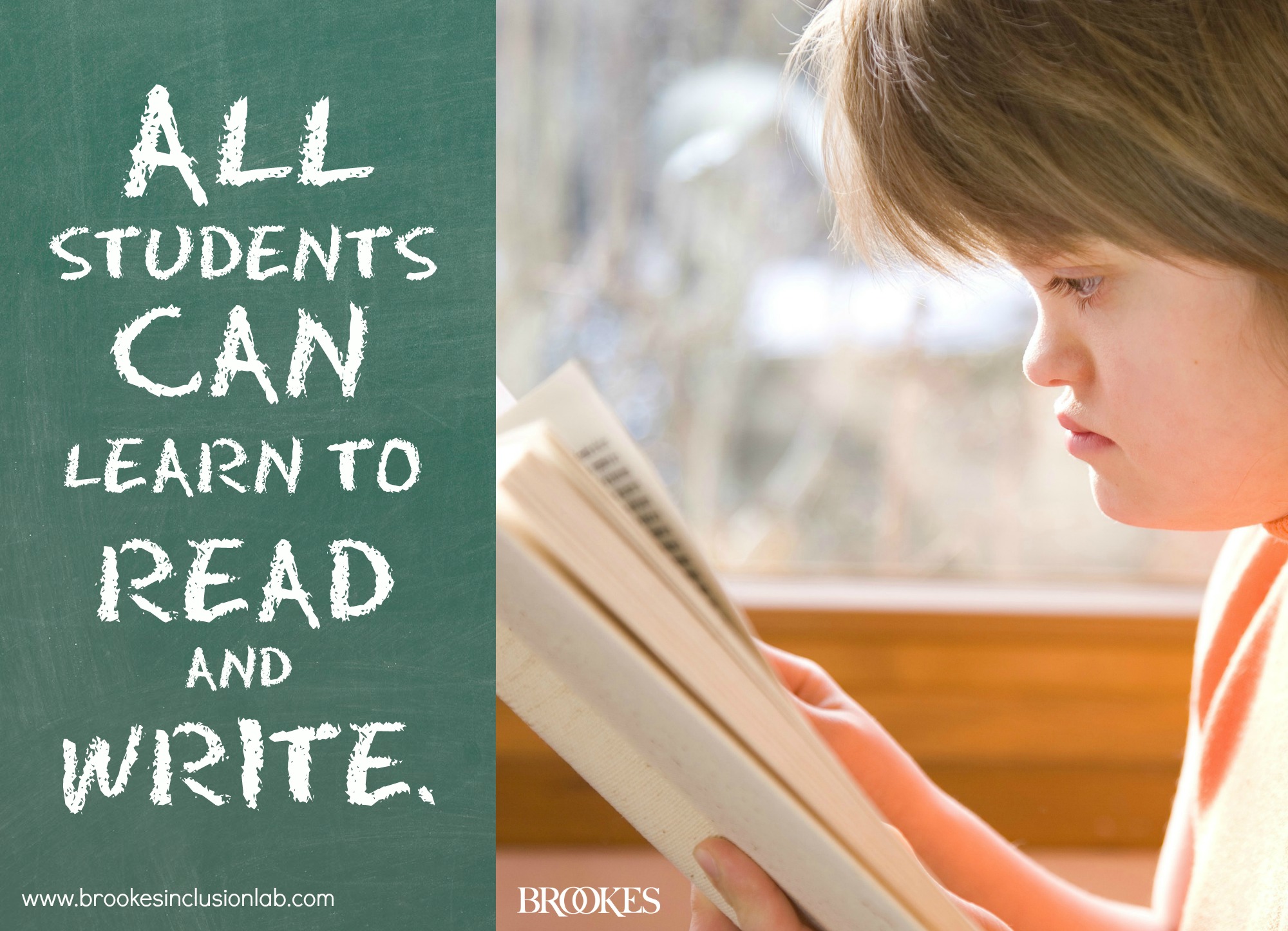Dr. Howard Shane is one of today’s top experts in augmentative and alternative communication—an internationally known lecturer and author, he’s designed more than a dozen computer applications used widely by people with disabilities, has received honors from the American Speech and Hearing Association, and is the recipient of the Goldenson Award for Innovations in Technology from the United Cerebral Palsy Association. But more than fifty years ago, Dr. Shane’s career began in an unexpected way. Young Howard, fresh out of college, spent a tumultuous year teaching at the now-notorious Belchertown State School, a bleak institution for people with disabilities.
In his gripping memoir, Unsilenced: A Teacher’s Year of Battles, Breakthroughs, and Life-Changing Lessons at Belchertown Sate School, Dr. Shane shares the ups and downs of his first teaching job, including the exciting and innovative work he did to help two of his nonverbal students develop a way to communicate their wants and needs. Today we’re sharing an excerpt from Chapter 13, in which Dr. Shane recalls the day he first taught his students how to use a new communication device he invented. It’s a fascinating look into the early days of AAC and the beginnings of one man’s lifelong quest to improve communication for people with disabilities.
***
I took out the clock I’d modified. The morning had taken an unexpected turn, and I was eager to get down to business. “Now it’s on with the experiment. Okay, guys,” I said, turning to address the class. “We’re going to try something new today. Bob, would you mind holding the communicator clock in front of everyone?” I handed the clock to Bob.
“What’s that weird thing?” Teddy asked.
“You’ll see in a minute,” I told him.
“Can-dee, I see candy,” Paula said. Paula was correct, for I had taped a Milky Way candy bar wrapper onto the paper collar in the quadrant between twelve and one o’clock.
“Who’s the candy for?” Dennis asked.
Wendy piped in. “I like candy, too, everybody.”
“We’ll talk about candy later,” I assured them. “First, I want to see if you know how to point to the candy bar.”
Before I could say more, five hands pointed toward the candy bar with sufficient accuracy. Danny, Wendy, and Barbara were not paying attention, and their hands made no attempt to signal. Ruth, Carla, and Ron attempted to move their hands, but their fingers did not point in the direction of the clock. Their eyes, of course, told a different story, because if darts could fly out of their pupils, all three would have hit a Milky-Way-bull’s-eye.
I pointed toward the candy myself and explained that using my hand was one way to point at an object. I also informed the group that today we were going to learn another way to point—one that involved the help of an electronic pointer. Then, I plugged the clock into the wall outlet, and the pointer began its slow circular journey. “Everyone, look here at the end of the pointer.” As I said this, I kept gliding my finger just below the tip of the second hand. “See it? Look here. Here it is. Now, when it points directly at the candy bar, I want you to tell me by yelling, blinking, or kicking your feet,” I said.
My shifting finger and the pointer were approaching the twelve o’clock position. “Get ready! It’s getting close!” I yelled. I was, of course, curious about Ron and Ruth’s attention to the apparatus and their reaction to what was happening around them. I was delighted to see how interested they were and how their eyes, too, were glued to the moving indicator.
As the pointer reached one o’clock, noise erupted in the room from Jack, Dennis, and Teddy, the boys who could talk and who understood the game. I pulled the plug, and the second hand came to rest between the L and the K on the brown and white wrapper of the Milky Way. I observed that Ron was blinking repeatedly, but I couldn’t be sure that he was acting on his own or taking his lead from the others. I couldn’t be certain whether Ruth had caught on, either.
“Look at that! The electronic pointer is aimed right at the Milky Way. Does everyone see how this game is played? Now, let’s try it again.”
I removed the tape and placed the candy bar in the vicinity of eleven o’clock. I called on Teddy to answer by himself, because I knew he wouldn’t get it wrong, and I wanted to give the class another chance to figure out the new pointing system. I inserted the plug, and Teddy easily pointed out when the pointer and the candy aligned.
I left the candy bar in place and called on Ron. “All right, Mr. Benoit, do you see what to do?”
Ron quickly responded with a definitive yes blink.
“Want to try it by yourself?”
Strong blink.
With that, I inserted the plug into the electrical outlet, and the pointer started up. It passed the normal locations for four, five, six, and seven o’clock. All the while, Ron’s eyes were frozen to it. Then, it passed eight o’clock. When the second hand pointed between nine and ten o’clock, Ron blinked, and I pulled the plug.
Bob had been looking down from over the top of the clock, watching only the movement of the second hand. When I stopped the motion based on Ron’s signal, he shouted, “Yes! He got it!”
“Excellent, Ron! Great job,” I said, swelling with pride and relief.
I let the others try it, knowing some of the students were still confused by the task. I wanted to keep their experience errorless, so I provided plenty of verbal help to students who needed extra support.
When I asked Ruth to give it a try, I had little doubt from her smile and confident expression that she, too, would be successful.
“Well, Ruth,” I said with a grin, “you seem awfully cocky about being
able to do this, so let’s just up the ante a bit.”
With that, I removed the paper overlay featuring the candy bar and replaced it with the one Bob had experimented with earlier that morning.
“You see this new design, Miss Sienkiewicz? Do you notice that this new template has been custom-made with your name on it? I’m going to start the clock again, but this time, when it points at your name, I want you to let me know, okay?”
Eyes up.
“Here it goes,” Jack barked out.
“Right you are, Jack,” I said. “Here it goes. Where it stops, nobody knows.”
The pointer moved around the circle. When it pointed at her name, she simultaneously smiled and looked up.
I pulled the plug, stopping the movement, and said, “Fabulous job, Ruth.”
It had worked. Both Ron and Ruth had been able to successfully use the clock device as a pointer. I felt euphoric and energized. I was confident that both of them could manage this kind of assisted communication.
Although Bob probably would have been willing to hold the clock the entire time, we eventually propped it up on the chalk tray at the front of the classroom. Paula observed the switch and said, “Thanks, Bob.”
I was moved by her appreciation of his effort and her intuitive sense of timing.
“You’re welcome,” he replied. “Anytime.”
For more than an hour and a half, we used the clock face with a variety of templates to identify words, numbers, and objects. Depending on each student’s understanding, the same item could be used in a variety of ways. While Paula used a wooden pointer to find the number six, Jack was required to find the answer to the problem, “What is eighteen divided by three?”
Bob stayed for the entire session, enjoying the activity and the successes of the students and—I suspected—thinking about all the possibilities and opportunities this method could open up. I, too, was lost in the moment. I knew as the morning proceeded that I was experiencing what a veteran educator might consider a great teaching moment.
***
Read more about Dr. Shane’s experiences and innovations at Belchertown in his memoir Unsilenced, a must-read for every SLP (and everyone who cares for or works with people with disabilities).

Unsilenced
A Teacher’s Year of Battles, Breakthroughs, and Life-Changing Lessons at Belchertown State School
By Howard C. Shane, Ph.D.
Nicole Eredics, author of Inclusion in Action, calls this book “a jaw-dropping reminder of how far we have come in educating individuals with disabilities and how much further we need to go.” It’s a startlingly candid look at a pivotal era in disability history—and one man’s deeply personal account of how all human beings can flourish when we care for each other and fight for change.
Stay up to date on the latest posts, news, strategies, and more!
Sign up for one of our FREE newslettersMore posts like this

Author Q&A: Dr. Howard Shane on His Unforgettable New Memoir, UNSILENCED
October 28, 2021
Beyond Yes and No: Tips on Helping Students with Severe Disabilities Expand Their Communication Skills
July 30, 2019


Write a Comment
Your email address will not be published. Required fields are marked *
Post a Comment